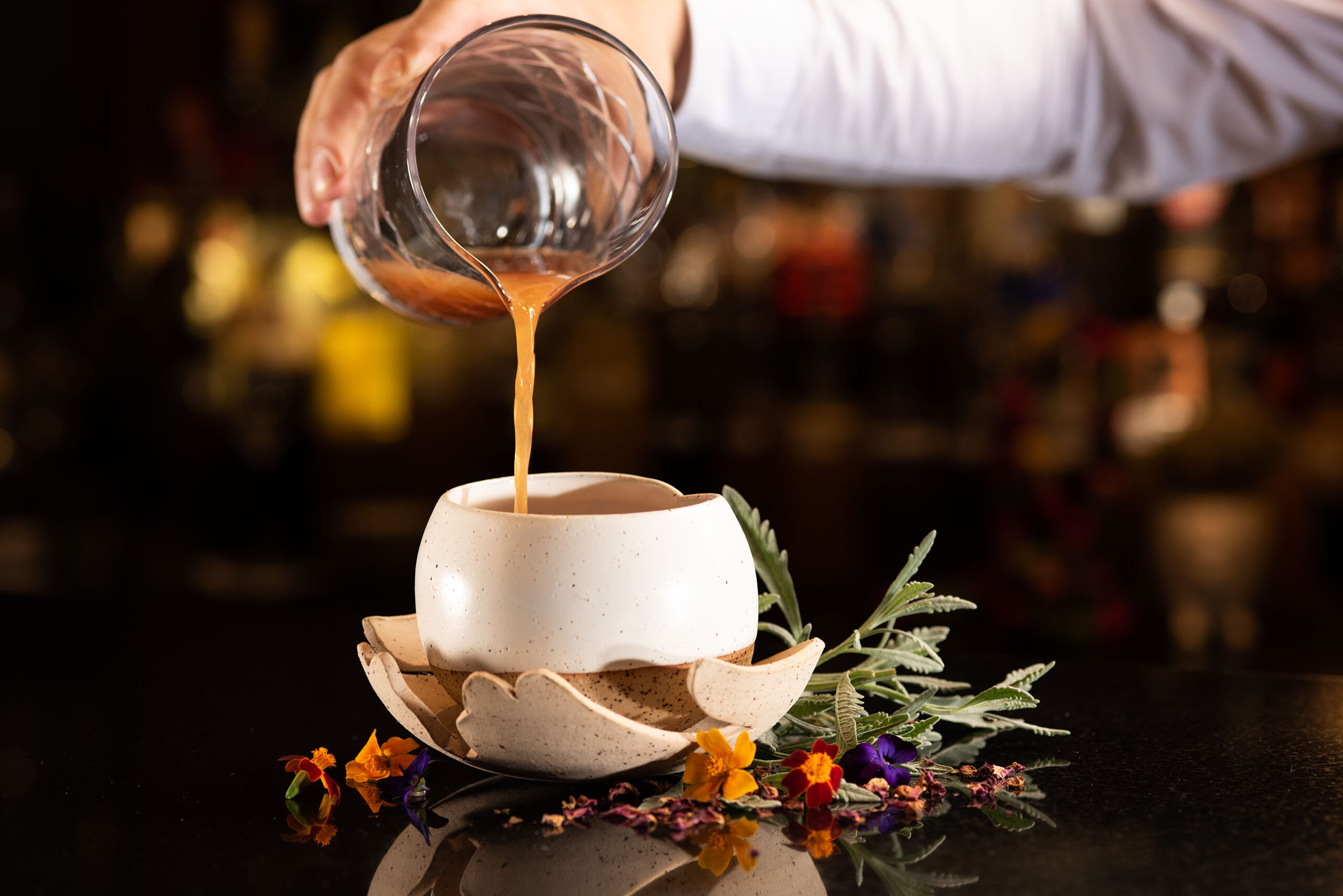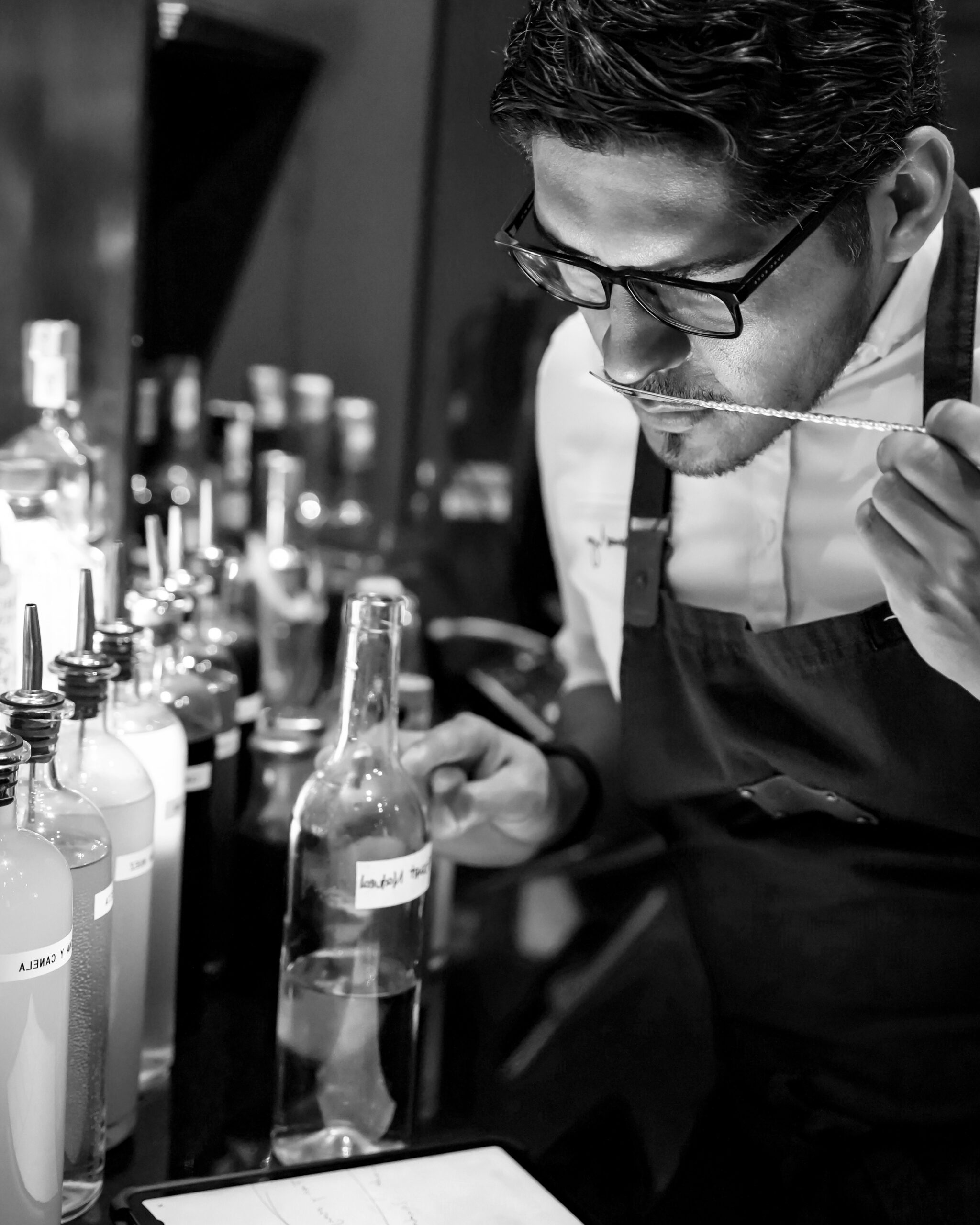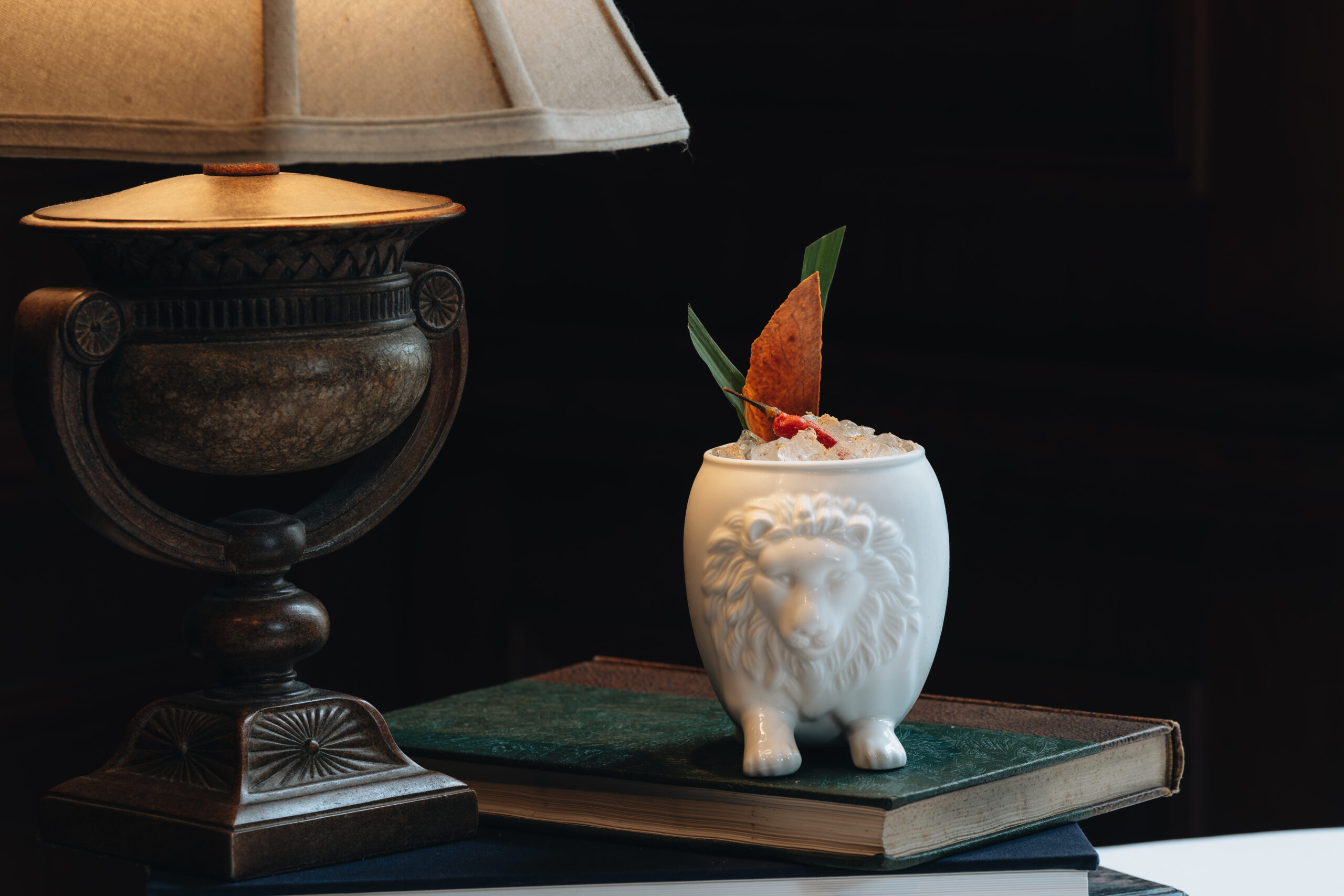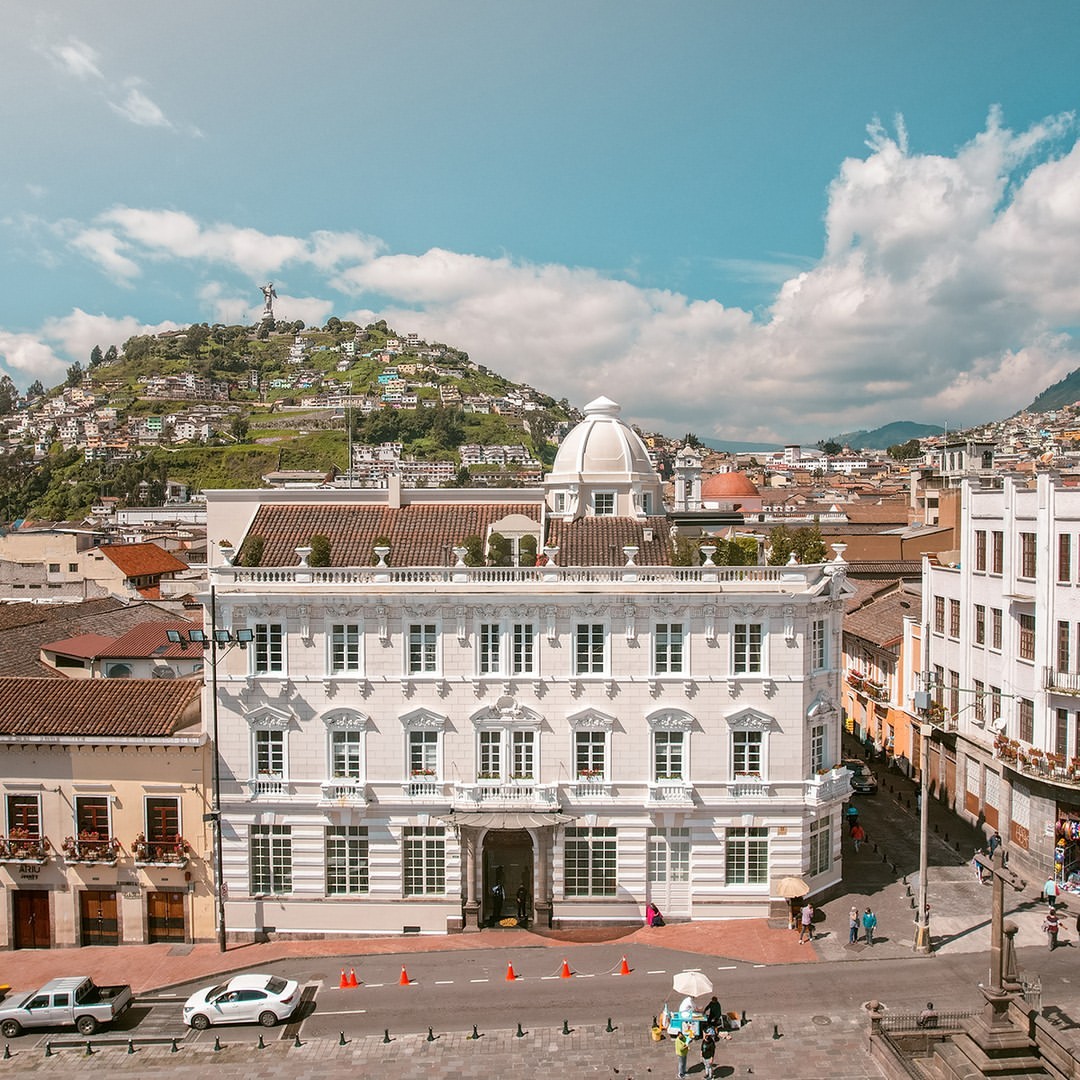Jossimar Lujan Transforms the Spirit of Ecuadorean Festivities into Liquid Form with Fiesta Cocktails at Casa Gangotena
Whatever one’s motivation for celebration, there’s a cocktail for the occasion in Casa Gangotena’s Fiesta Cocktail menu. Created by Director of Mixology Jossimar Lujan, the six concoctions are fashioned with local ingredients and inspired by Ecuador’s rich and enduring culture of festivity, a spirited salute to Ecuador’s biodiversity and cultural diversity.
Served in distinctive handmade ceramics crafted by a local Ecuadorian ceramicist, the Fiesta Cocktails are savored in the open air on the Rooftop Terrace and at other spaces throughout the restored historic mansion-turned-boutique hotel located on the Plaza San Francisco in the heart of Old Town Quito, Ecuador.
The Fiesta Cocktail theme took time and a research team to bring to life. We asked Jossimar Lujan about his inspiration and how the research project ended up serving exquisite concoctions to awaken the palates of guests and evoke memories of those who have enjoyed a past Ecuadorean fiesta.

What inspired you to become a mixologist?
Since I was a child, I have always been fascinated by the liquid world: oils, perfumes, as well as food. When I began to study hospitality, I was lucky to get involved in the creative world and became a creative director of experiences. I like to see when and how people use their senses when they drink or eat something when they travel or stay with us. Awakening the unconscious and making them live an adventure moves me the most.
Your latest cocktails are based on Ecuadorian fiestas. What originally inspired the new “Fiesta” special menu of cocktails?
The idea was born as a way to portray the excitement and joy that people experience during each festivity: the traditional drink and food served were transformed into liquid form, evoking memories (for Ecuadorians) of having enjoyed the fiesta in the past.

The Fiesta menu consists of six cocktails. What was the research process like?
The menu is the result of a brainstorm covering all the fiestas across Ecuador — there are tons! We formed a research team where each one of us had a mission, for example: some of us researched the ingredients that are produced in the area from a gastronomic perspective; others oversaw learning about the history and traditions of the festivity, while some had the most interesting mission of all: investigating about the drinks of the area. Another group investigated the history of the place. This is how we transformed these festivities into their liquid versions.
Finally, we whittled down all the potential ideas to the final six, judged by their importance in Ecuadorian culture (Carnaval de Guaranda, for example), their potential for making a cool drink (Fiesta de Maíz) and for their uniqueness (the Devil Dance of Píllaro).

You didn’t stop there and also co-created a special way to present the drinks. What was the inspiration behind the drink vessels for the Fiesta cocktails?
Each festivity has a distinguishing character. For example, at La Diablada de Píllaro, men disguise themselves as devils in different colors and expressions; The Carnival of Guaranda has the Taita, the steward of the party and its elegance; the Pujilí dancers and the guardians who are always with him dancing. It takes a lot of effort for people to represent each one of these characters with the best costumes, so for us, designing the best cup was crucial and an act of respect as much as an artistic creation. We had to bring out our artistic side and draw each cup for the artist to convey clearly what we wanted to communicate. The best artist for this project was the ceramist Claudia Anhalzer, who handcrafted each cup.

What’s on your liquid horizon?
It’s challenging to create a successful non-alcoholic drinks menu. To date, we only have one trendy non-alcoholic drink among our clients. The feedback we’ve received encourages us to be creative and work on new ideas for concocting more non-alcoholic drinks in the future.
Currently, we have three mocktails with a genuine alcoholic sensation without alcohol among the ingredients. They are Floresta, El Santo, and Contemporaneo.
Contemporaraneo represents the future of mixology at Casa Gangotena. We employed a range of techniques to attain the final product. We were looking for a mocktail that genuinely reflects all our work and the wisdom we’ve accrued in our laboratory. It’s an infusion turned into a distillation, ending with a stabilization process that enables us to bottle it. We believe that creating the sensation on the pallet and in the mind of an alcoholic drink, but without alcohol, is the future of our cocktail menu.

What are some of your favorite cocktail creations? What inspired them?
That’s like asking me about my favorite child. Picking just one cocktail would not be fair! The menu of six Fiesta cocktails is my favorite. We were delighted to see that our whole process had proved successful, evoking the place and the fiesta through taste and sight.
For the sake of space let me share two examples here:
There is EL GUARDIAN – The creative process was a challenge. This cocktail belongs to our first cocktail menu named “Homenaje,” the Spanish word for “homage,” as it is a homage to Ecuadorian ingredients. This cocktail is served in a cup fashioned to look like a lion, which we had specially made for this drink. It was inspired by the lions depicted on the outside of Casa Gangotena, which are known as its “guardians.” And CONTEMPORÁNEO.
